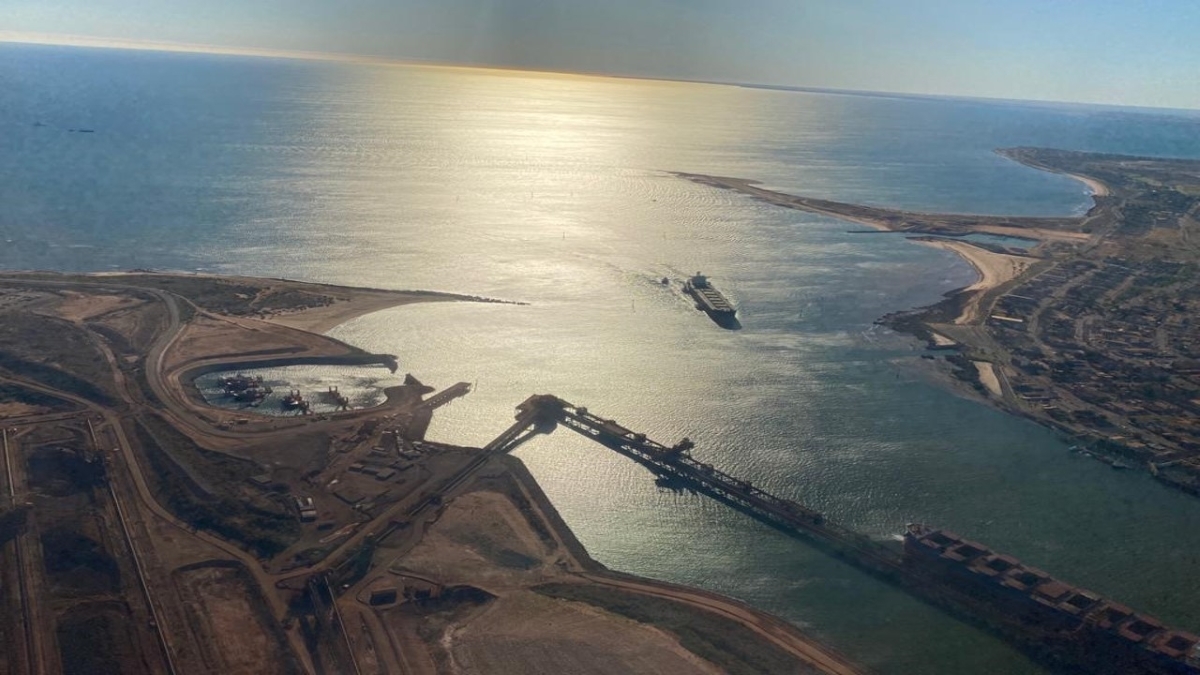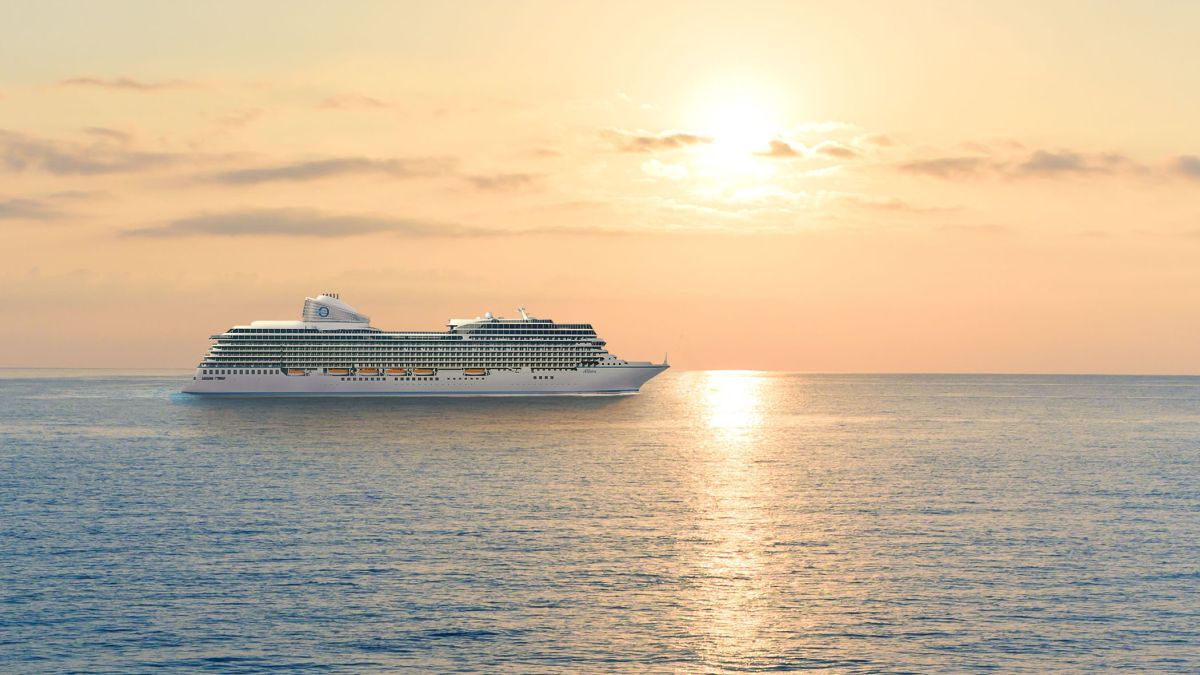Business Sectors
Events
Contents
Register to read more articles.
Potential winners in dry bulk from the US port fee proposal
While the dry bulk sector is expected to face significant challenges if the proposed US port fee is implemented, certain groups – including shipyards, operators and vessel types – could see potential benefits from this policy shift
BRS Shipbrokers highlighted in its latest weekly report that if the proposal is enforced abruptly, it could disrupt US trade volumes, slow down deal-making activity, and even lead to the formation of a two-tier freight market.
The impact would be particularly pronounced on Chinese-built dry bulk vessels, which have played a key role in US export logistics. BRS data revealed in the post-Panamax, Kamsarmax and Ultramax segments, Chinese-built vessels represented more than 50% of the tonnage used for US dry bulk exports in 2024. Meanwhile, Chinese-built vessels had a smaller market share in the older bulk carrier vessel types, such as Panamaxes, Supramaxes and Handysizes.
A similar pattern is observed on the import side, where Chinese-built tonnage is responsible for a significant share of dry bulk commodities discharged at US ports.
Potential beneficiaries
Despite the anticipated disruptions, some segments of the dry bulk industry could benefit from these policy changes. Non-Chinese shipyards, particularly smaller ones, may see increased demand for their services. Analysts highlight Japanese shipbuilders, which are the main competitors to Chinese shipyards in the dry bulk sector (especially after Korean shipbuilders exited the market), are running at full capacity through 2028. This leaves them in a challenging position to fully replace China.
Another potential beneficiary is Japanese-built tonnage, including older vessels, which could gain a premium in the time charter market when loading from the North Pacific and the US Gulf. Furthermore, analysts suggest if freight rates experience a sharp correction, non-Chinese-built vessels may avoid scrapping, contrary to previous expectations. This is because demand for, and secondhand prices of, non-Chinese bulk carriers are likely to remain supported.
’Enterprising’ ship operators offering ’non-Chinese’ freight solutions could also benefit. BRS Shipbrokers suggests some operators may take an approach similar to those promoting green freight alternatives in response to recent decarbonisation initiatives, marketing their services as independent from Chinese supply chains.
Additionally, the policy shift could lead to an increase in US-focused transhipment operations. In this scenario, China-affiliated vessels would handle port activities in neighbouring countries, while non-Chinese vessels would complete the final leg of the journey to the US. However, analysts caution this strategy may face obstacles, as US authorities are also targeting intermediary nations suspected of serving as ’back-door’ channels for Chinese goods attempting to bypass tariffs.
Key uncertainties
At this stage, much of the discussion remains theoretical. Greater clarity is expected following the public hearing scheduled for 24 March.
According to BRS Shipbrokers, one of the main uncertainties concerns the definition of a Chinese operator. It is unclear whether the proposed restrictions will extend to subsidiaries and joint ventures of Chinese companies, vessels under sale-and-leaseback arrangements – given the significant role of Chinese leasing firms – or ships managed by Chinese firms but owned by non-Chinese entities, and vice versa.
Another area requiring clarification is the status of Hong Kong-based companies and Hong Kong-flagged vessels under the proposed regulations. Analysts pointed to the recent case of CK Hutchison Holdings, which operates key ports at both ends of the Panama Canal. Following increasing US pressure regarding the canal’s operations, the company was involved in a landmark US$22.8Bn deal with BlackRock and MSC.
Riviera’s Bulk Carrier Webinar Week will be held from the week commencing 8 April 2025. Click here to register for this free-to-attend event.
Related to this Story
Women in Maritime Today: Elin Saltkjel says no day working in maritime is dull
Events
Maritime Environmental Protection Webinar Week
Cyber & Vessel Security Webinar Week
The illusion of safety: what we're getting wrong about crews, tech, and fatigue
Responsible Ship Recycling Forum 2025
© 2024 Riviera Maritime Media Ltd.














